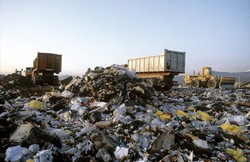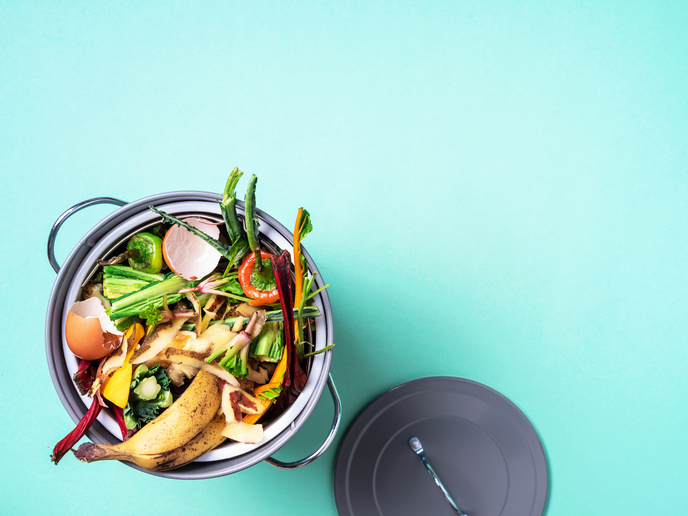New uses for household waste
Europeans annually discard more than 180 million tonnes of household waste, amounting to more than 1 kg per person per day. Although several technologies help process the waste, such methods neglect the materials' commercial value as precursors to industrial chemicals. The EU-funded WASTE2GO(opens in new window) (Development and verification of an innovative full life sustainable approach to the valorisation of municipal solid waste into industrial feedstocks) project developed a suitable technology. Research focused on ways of transforming the biogenic portion of household waste, including paper and other recyclables, into valuable feedstock chemicals. The team first developed a suitable strain of microorganisms, intended to produce cellulose-degrading enzymes. Researchers next developed small-scale processes encouraging cell growth and enzyme production. WASTE2GO then successfully applied the production processes at 750-litre scale. The stage produced quantities of six enzymes sufficient to begin trials of converting waste to useable chemicals. Project members also developed a mixing container able to process various waste-derived substrates containing up to 20 % solids. Such processing would not have been feasible under conventional methods. Hence, the team scaled up new feedstock hydrolysis methods, yielding various mono- and oligosaccharides of considerable commercial value. Results established that pretreated waste paper may be successfully converted to lactic acid, an important chemical building block. The team further processed lactic acid into a biodegradable solvent used in agrichemical applications. Researchers investigated water oxidation technology, and hence designed a 1 litre autoclave for further processing. The autoclave was intended to fractionate and purify waste cellulose materials produced by the degradation process, thereby producing further chemical types. WASTE2GO demonstrated the feasibility of converting organic waste products into industrially useful chemicals. The process will help reduce landfill as well as EU dependency on imports, while also setting up a lucrative circular economy.







